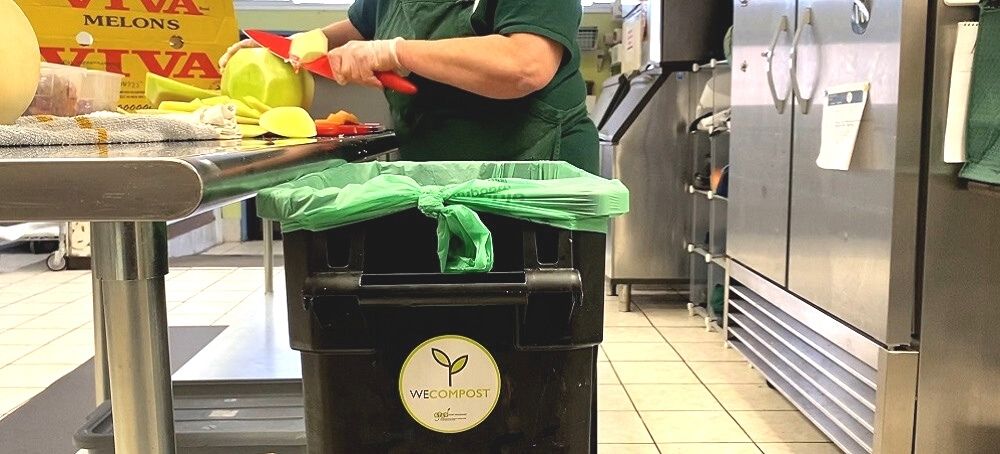Movements around sustainability have been making headlines, but you may be wondering how foodservice operators will react. Here we’ve outlined our predictions for the top sustainability trends to watch for in 2022.
Plant-Based and Sustainable Menu Innovation
The plant-based food market is growing. As of 2021, 48% of consumers seek foods labeled “plant-based” and 70% have tried these alternatives. With increasing awareness of the impacts of animal agriculture, vegan and vegetarian alternatives are in demand.
While many restaurants are still offering chicken and meat, more are introducing meat alternatives. You can order a vegan, dairy-free cheddar at Castles, Quizno’s is serving plant-based corned beef, and shipments of plant-based meat replacements are surging.
A large—and growing—group of consumers are looking to support the environment. While some may be quick to think it’s just a specific segment of the population popularizing plant-based foods, they’re appealing to a broader audience than we may believe. In fact, it’s almost everyone—regardless of demographic category and background.

An Increase in Food Waste Diversion
In the U.S. alone, roughly 133 billion pounds of food is wasted annually, contributing to a global carbon footprint so large that it’s the equivalent of the third-highest emitting country. In restaurants specifically, it’s estimated that 84% of food waste ends up in landfills.
Foodservice operators are recognizing the impact of this waste on the environment and are taking action. KFC now donates surplus food to food banks across the US in order to divert food waste and counteract food shortages among relief agencies. And more than 250 partner food businesses including restaurants, cafes, and grocery stores in NYC have signed up to be part of Too Good to Go, a popular food waste app.
Operators are also implementing on-site composting operations. The benefits of composting are innumerable—ranging from improvement in local water sources to a reduced need for chemical fertilizers—and the costs are minimal.
To harness some of the financial, environmental, and community benefits of composting, consider doing the following:
- Find a local composter in your area and determine the steps needed to get started.
- Educate and train employees
- Display signage and setup receptacle bins to familiarize customers
- Educate your community about your sustainability efforts

Adoption of Sustainable Packaging Alternatives
Almost all of the food we purchase to eat at home or on the go comes packaged. Whether it’s from a restaurant, coffee shop, meal delivery service, or even a local farm, it’s hard to find food that isn’t in packaging.
Most packaging used today is made from plastic, but operators are increasingly adopting sustainable alternatives. Wendy's has pledged to shift from to recyclable plastic cups in 2022, an initiative that’s estimated to “divert 10 million pounds of waste from landfills over the first two years” (QSR Web.com). Panera has set a 2025 goal to transition to 100% circular, reusable, and compostable packaging and use renewable energy for at least 50% of its locations.
Compostable food packaging is made from renewable plant-based materials like corn, wheat, fiber, and sugarcane. It uses fewer resources and produces less pollution to manufacture versus plastic alternatives and makes use of agricultural byproducts reducing waste and supporting farmers.

Usage of Digital Food Safety Tools
The food industry has historically used pen and paper for logging food safety information, such as temperature monitoring. However, foodservice is experiencing a digital revolution – helping to automate food storage, prep, and serving while encouraging compliance and data transparency.
This system is called “digital food safety,” or the automation and digitization of food safety tasks from traditional and manual practices. Digital software also helps to reduce your business's environmental footprint by minimizing paper consumption or replacing paper logs with digital records.
A leader in this space, Squadle, offers workflow automation tools like digital checklists, shift management, and Bluetooth temperature monitoring to cut down on paper in a number of ways. To learn more about digital food safety, see Squadle’s Ultimate Guide to Digital Food Safety or check out their companion post with more sustainability trends to watch for in 2022 including a downloadable ebook.


